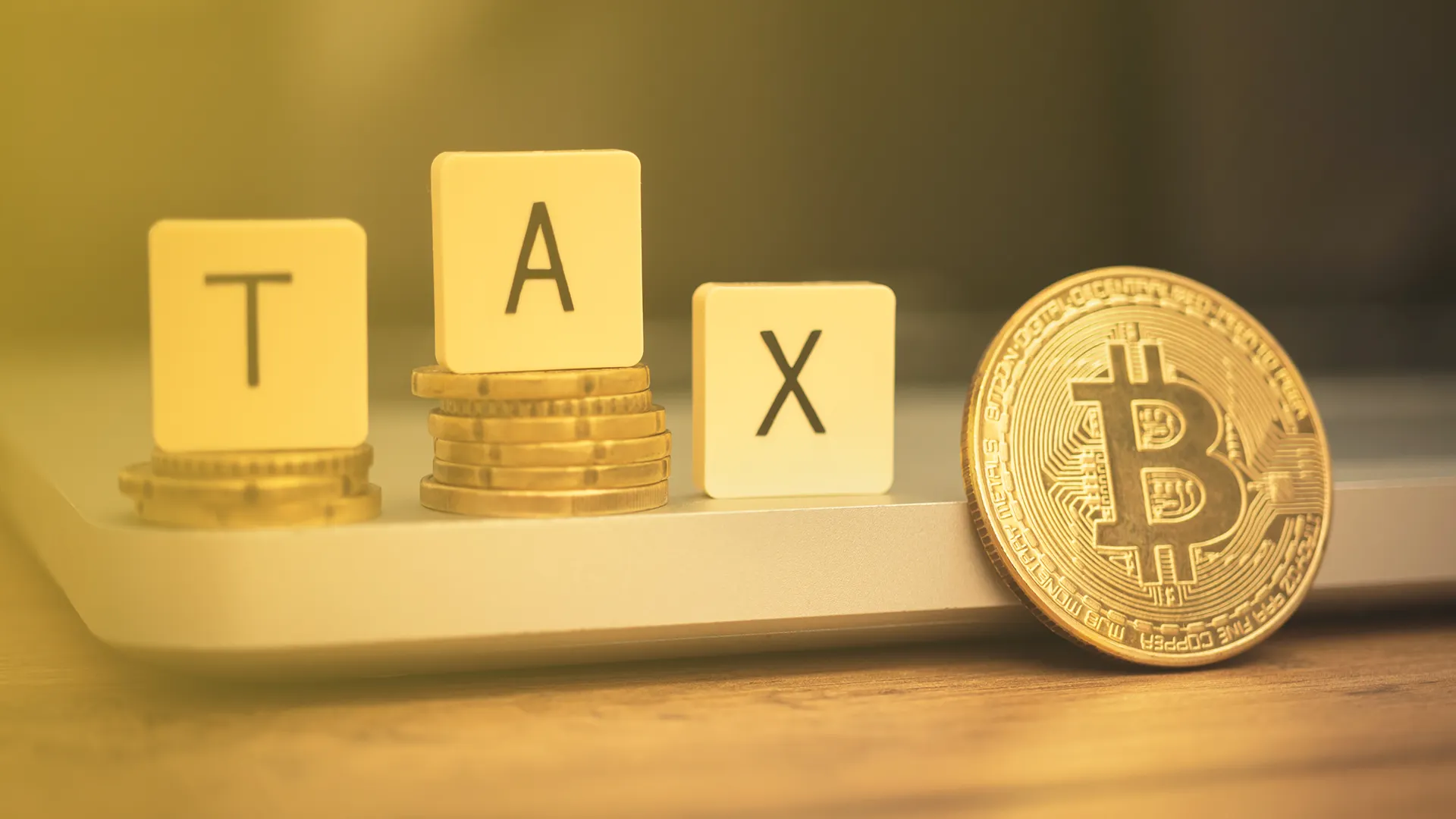As more people enter the world of cryptocurrency, securing digital assets is more critical than ever. Whether you’re a beginner or an experienced investor, choosing the best crypto wallet and learning how to protect it could make or break your crypto journey.
Hot Wallets vs. Cold Wallets: What’s the Difference?
A hot wallet is always online and connected to the internet. Think of it as your daily-use digital wallet. Popular options include Coinbase Wallet, MetaMask, and Binance Web3 Wallet.
Pros:
- Easy to set up and use
- Instant access to funds
- Ideal for frequent trading
Cons:
- Prone to hacks, phishing, and malware
- Often custodial—meaning you don’t control your private keys
In contrast, cold wallets store your crypto offline, offering a high level of protection. Examples include Ledger Nano X, Trezor Safe 5, and Ledger Stax.
Pros:
- Excellent for long-term storage
- Immune to online attacks
- You fully own your private keys
Cons:
- Not as convenient for quick transactions
- Requires a one-time hardware purchase
Top Crypto Wallet Security Tips for Beginners
Keeping your wallet safe is just as important as choosing the right one. Here’s how to protect your crypto from theft or loss:
Also read: How to Buy NFT on Coinbase Wallet: A Complete Beginner’s Guide
1. Use a Hardware Wallet for Large Holdings
If you own a significant amount of crypto, use a hardware wallet. It stores your private keys offline, protecting them from internet-based threats—even if your computer is compromised.
2. Never Share Your Private Keys or Seed Phrase
Treat your private key like a PIN to your bank account. Don’t store it on cloud drives, email, or screenshots. Always write it down and keep it in a secure, offline place.
3. Enable Two-Factor Authentication (2FA)
Add an extra layer of protection by enabling 2FA with apps like Google Authenticator or Authy. This helps prevent unauthorized logins even if someone has your password.
4. Beware of Phishing Attacks and Fake Wallet Apps
Avoid clicking on suspicious links and always double-check URLs before logging into wallet platforms. Only download wallet apps from official websites or app stores.
Backup and Recovery: Don’t Get Locked Out
Always keep a backup of your seed phrase—a series of 12 to 24 words that can restore your wallet. Consider using metal backup plates for durability. Also, test the recovery process before storing significant funds.
Common Crypto Wallet Mistakes to Avoid
- Using weak passwords
- Logging in over public Wi-Fi
- Keeping funds on exchanges like FTX or Mt. Gox
- Ignoring software updates
- Reusing wallet addresses
Avoiding these pitfalls can help you steer clear of devastating losses.
Secure Your Crypto the Smart Way
Choosing the best crypto wallet is about balancing convenience and security. Use hot wallets for daily use and cold wallets for long-term storage. No matter your choice, always follow strong security practices like 2FA, safe backups, and regular updates.




